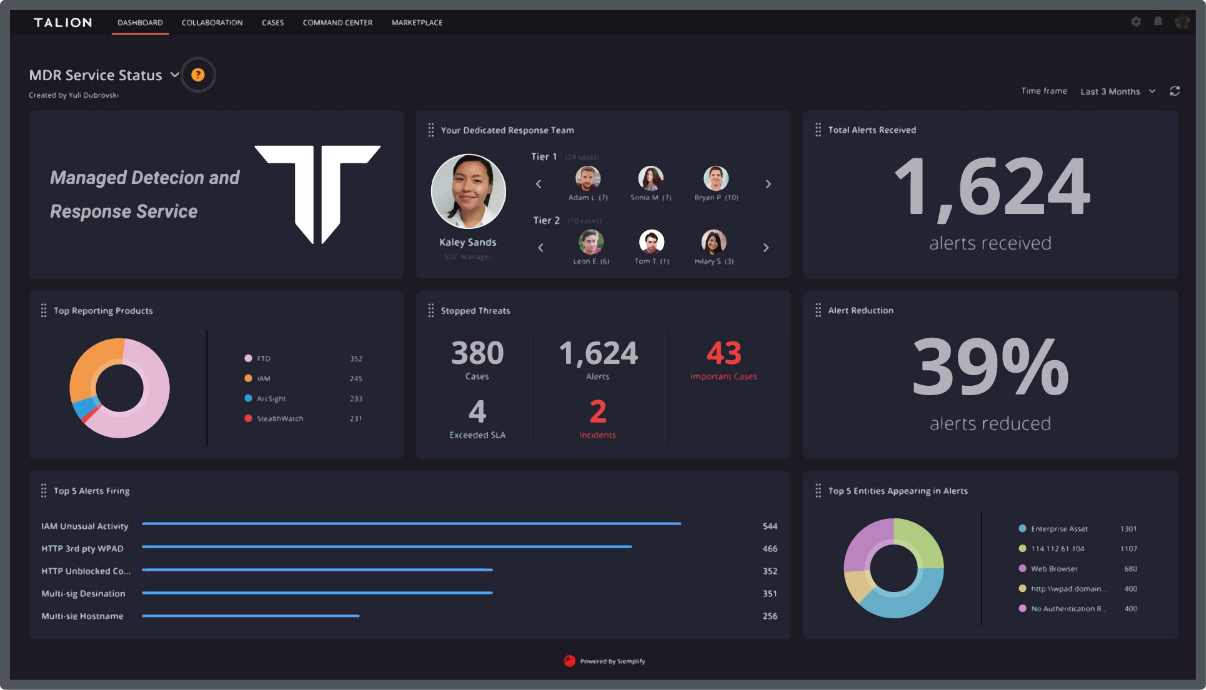With cyber threats becoming increasingly sophisticated, developers and organizations face constant pressure to fortify their defenses. Security used to be an afterthought when it came to software development. But today, it’s a requirement. Application security helps protect against various cyber threats, such as data breaches, hacking, and malware infections, reducing disruptions, protecting confidential information, and securing customer data.
Being proactive, not reactive when it comes to threats is always the right approach. Fortunately, there are several strategies you can take to significantly bolster the security of your applications without requiring extensive time or resources. Below we break them all down.
The first line of defense in securing your application is sanitizing inputs, so a proactive approach is paramount – as is using parameterized queries or prepared statements in database interactions. By doing so, you thwart SQL injection and NoSQL injection attacks, which remain prevalent threats in the cybersecurity landscape. Additionally, implementing strict input validation techniques such as allowlisting and regular expression checks adds an extra layer of protection against injection attacks.
By consistently validating and sanitizing user inputs, you mitigate the risk of malicious actors exploiting vulnerabilities in your application. Leveraging data sanitization libraries or frameworks further enhances the effectiveness of input sanitization processes, ensuring that your application remains resilient to various forms of code injection attacks.
Access control is a critical aspect of application security, necessitating strong authentication mechanisms like multi-factor authentication. By implementing access controls and adhering to least privilege principles, companies can help mitigate unauthorized access and Insecure Direct Object Referencing (IDOR) vulnerabilities. Leveraging Universally Unique Identifiers (UUIDs) instead of incremental IDs for data adds an additional barrier against IDOR attacks.
By continuously evaluating and refining their access control policies, companies can make sure they’re adapting to evolving threats. Regular reviews and updates to access control mechanisms ensure that only authorized users can access sensitive resources within your application. Additionally, enforcing stringent access control measures on sensitive pages and management interfaces reduces the risk of unauthorized access.
Data encryption is essential for safeguarding sensitive information from unauthorized access. Robust encryption algorithms and key management practices enable companies to effectively protect data. By encrypting sensitive data both in transit and at rest, you ensure that even if data is intercepted, it remains indecipherable to unauthorized parties. Plus, integrating encryption solutions seamlessly into your application architecture minimizes performance overhead and ensures compliance with regulatory requirements governing data protection.
Keeping your software components up to date is crucial in mitigating the risk of known vulnerabilities being exploited, so companies should regularly update and patch all software components, including operating systems, frameworks, and third-party libraries. By subscribing to vendor security bulletins and employing automated patch management systems, companies can streamline the patching process and ensure timely updates.
Regular vulnerability scans help identify and prioritize patching efforts, minimizing the window of exposure to potential threats. Leveraging vulnerability scanning tools enables you to remain proactive and empowered for remediation.
Proper configuration of server settings is essential for reducing the attack surface of your application. Companies can harden server configurations by disabling unnecessary services and implementing secure defaults. Network segmentation isolates critical systems, limiting the scope of potential attacks. Configuring security settings such as encryption protocols, password policies, and session management parameters according to best practices further enhances the security posture of your application.
By adopting a layered approach to security, you establish multiple barriers against unauthorized access and malicious activities. Regularly auditing and updating server configurations ensure that your application infrastructure remains resilient to evolving threats and compliance requirements.
Continuous monitoring is indispensable for timely detection and response to security incidents promptly. By implementing real-time alerts and notifications to identify and block malicious traffic, you ensure you’re ready to act.
By leveraging automated monitoring tools and proactive threat intelligence feeds, you gain real-time visibility into potential security threats and vulnerabilities. Conducting regular security assessments and penetration testing also helps identify and remediate weaknesses in your application infrastructure, enhancing its resilience to cyber threats.
Application security is an ongoing process that requires proactive measures to mitigate evolving threats effectively. By implementing these strategies, you can significantly enhance the security posture of your applications.
The right cybersecurity partner can help empower developers and organizations to implement effective security measures seamlessly. From sanitizing inputs to continuous monitoring, Talion offers actionable strategies to enhance your application’s security posture and safeguard it against emerging threats. To learn more about how you can protect your company, reach out to our team.

Call us directly and we’ll put you in touch with the most relevant cyber expert.
Not currently free to call? Give us a brief description of what you’re looking for by filling out our form and we’ll email you as soon as we can.
